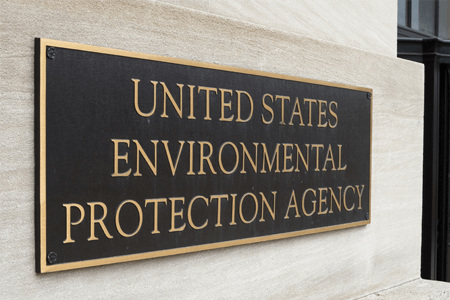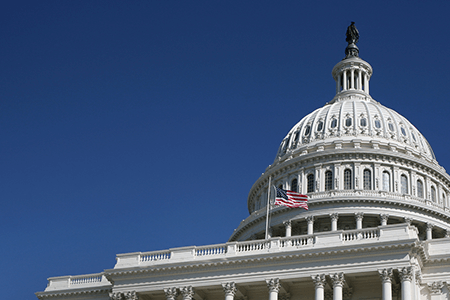WASHINGTON (August 23, 2023) — Today, the American Chemistry Council’s (ACC) Formaldehyde Panel commented on the U.S. Environmental Protection Agency’s (EPA) Human Studies Review Board’s (HSRB) endorsement of a final report critiquing EPA’s proposed approach to evaluating scientific evidence that could serve as the basis for formaldehyde standards under the Toxic Substances Control Act (TSCA) and Federal Insecticide, Fungicide, and Rodenticide Act (FIFRA).
This review included an evaluation of studies used in the EPA’s 2022 draft IRIS formaldehyde assessment that the Agency indicated it plans to use for forthcoming TSCA and FIFRA risk assessments of formaldehyde. Once completed, these assessments have the potential to significantly impact how formaldehyde is used in the United States. EPA’s Human Studies Review Board is a federal advisory committee, reporting to the EPA Administrator and operating under the Federal Advisory Committee Act, that “provides advice, information, and recommendations to EPA on issues related to scientific and ethical aspects of human subjects research.” Members were last appointed by EPA Administrator Regan in October 2022.
ACC’s Formaldehyde Panel issued the following statement on the report:
“We appreciate the work of the Human Studies Review Board (HSRB) in reviewing these studies used to develop EPA’s draft IRIS formaldehyde assessment. In contrast to the recent National Academies of Sciences, Engineering, and Mathematics (NASEM) review of EPA’s draft assessment, HSRB has demonstrated what an independent, transparent peer review process should look like. We commend their openness to public comments, many of which were incorporated into their process and findings.
“HSRB’s report raises several concerns regarding EPA’s assumptions and calls for greater coordination between EPA peer review bodies involved in EPA’s joint hazard characterization for use in their respective human health risk evaluations of formaldehyde.
“HSRB’s report provides numerous criticisms and recommendations that question the validity of EPA’s Draft IRIS assessment for formaldehyde in several ways.
“For example, given TSCA’s requirement that EPA base decisions on the best available science, the HSRB questions EPA’s reliance on observational studies and ‘recommends that EPA use exposure levels from chamber studies rather than observational studies.’ HSRB also points EPA to other authoritative bodies like the World Health Organization and European Union that have used other studies as the basis for acute exposure guidelines and opted to not use uncertainty factors in their assessments. The Board also recommends that EPA follow the scientific literature by not making duration adjustments and clarifying the characterization of sensory irritation as an ‘adverse’ effect.
“Additionally, the HSRB ‘strongly recommends that the EPA clarify the scope of HSRB review and how their review will be used in conjunction with other efforts within and external to the EPA.’ They go further to suggest that ‘EPA conduct a more coordinated approach with other entities’ like NASEM and EPA’s Science Advisory Committee on Chemicals, as well as “that EPA consults with other State and Federal agencies” working on formaldehyde guidance and regulations.
“HSRB has provided key recommendations to inform EPA’s evaluation of formaldehyde. We urge EPA to fully consider and implement these recommendations to help ensure that all regulatory decisions are based on the best available science.
“HSRB’s review starkly contrasts with a recently released NASEM report, which did not consider the best available science. As NASEM’s Committee acknowledges, they were not charged with commenting on other interpretations of scientific information relevant to the draft assessment, nor were they permitted to review alternative opinions on EPA’s formaldehyde assessment. In contrast, ‘[f]or their evaluation and discussion, the Board considered materials presented at both meetings, both from the EPA and from the public comments, research articles, and related materials, the Agency’s review, the Agency’s statistical analysis of the research data, and oral comments from Agency staff during the HSRB meeting discussions.’
”HSRB’s review establishes that the EPA’s draft IRIS formaldehyde assessment is not fit for use in regulatory decision-making. EPA must take the time to fully evaluate and address all of the HSRB’s and NASEM’s recommendations, as well as scientific considerations that have been raised by other peer review and regulatory bodies before finalizing the formaldehyde assessment.
“Formaldehyde is extensively regulated to protect human health and the environment. Decades of scientific evidence support a safe level of formaldehyde exposure at current regulatory levels. Given the many benefits of formaldehyde, federal and local policymakers must make regulatory decisions based on all of the available science.”


